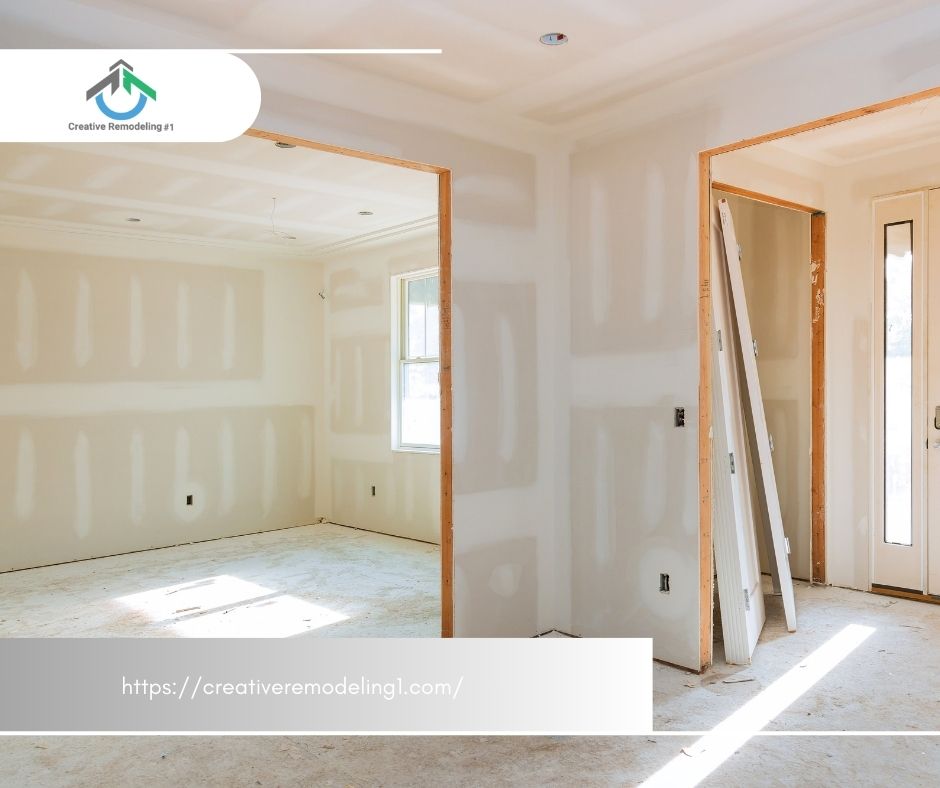Embarking on a complete home remodeling project is a significant undertaking that requires meticulous financial planning. As a homeowner, understanding the various costs associated with such a venture, as well as how to effectively allocate your resources, is paramount.
This guide provides a comprehensive overview of the budgeting process from initial cost estimation to potential avenues for saving money. The goal is to equip you with the necessary tools to make informed decisions that will ensure the successful realization of your remodeling vision while maintaining fiscal responsibility. However, this is merely the beginning of the journey, and there are multitudes of further insights and strategies to explore.
Determining Your Remodeling Budget:
To establish an effective and realistic remodeling budget, begin by thoroughly assessing your financial situation. Take into account current savings, potential loans, and expected future income. It’s crucial to be honest about what you can afford.
Next, research the typical costs associated with your desired remodeling project. Consider materials, labor, and possible unforeseen expenses. Obtaining quotes from different contractors will provide a more accurate estimate.
Keep in mind that going over budget is a common pitfall in home remodeling. It’s prudent to allocate a contingency fund of around 10-20% for unexpected costs. This comprehensive approach will ensure a smoother financial journey, fostering a sense of belonging and control throughout this transformative home project.
Money-Saving Tips for Home Renovation:
Prudent financial management during your home remodeling can significantly reduce costs without compromising the quality of the outcome. To accomplish this, consider the following cost-saving strategies:
- Choose a Remodel during Off-Peak Seasons: Contractors often offer lower prices during slow seasons.
- Plan and Stick to Your Budget: Avoid impulse purchases that can escalate costs.
- Reuse or Recycle: Instead of buying new materials, consider reusing or refurbishing existing ones.
- Do Some Tasks Yourself: Simple tasks like painting or cleanup can be done yourself, thereby saving labor costs.
These strategies can help you maintain control over your budget while achieving a satisfying remodeling outcome. Through wise budgeting and smart decisions, you can make your dream home a reality without breaking the bank.

